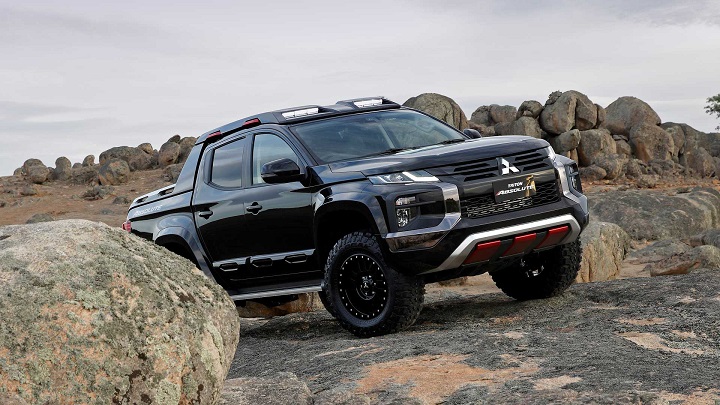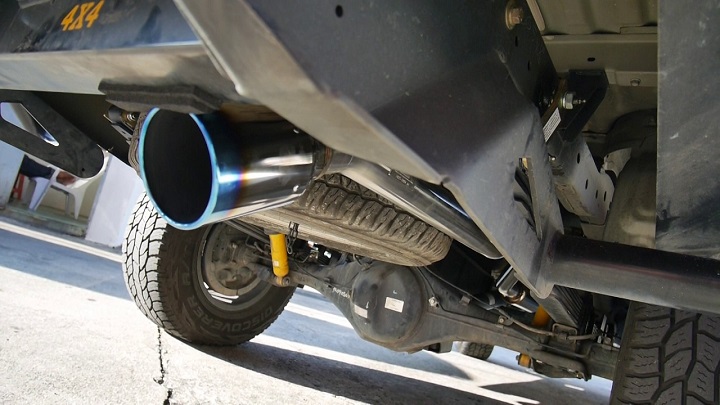The Mitsubishi Triton has made a name for itself in the Australian market for being one of the most well-rounded UTEs that is extremely efficient, has a solid driveline and has a humble interior that makes for a comfortable ride both on and off the road. Although it still trails behind UTEs like the Ford Ranger and Toyota HiLux in sails, the Triton is slowly becoming a favourite among off-roaders, tradespeople and everyday Joes who are looking for something that can save them a few dollars down the road without missing out on much except some flashy tech that the Triton doesn’t implement in its arsenal. Instead of paying a higher price for things they won’t use, off-roaders, for example, would rather spend that money on upgrading the Mitsubishi Triton exhaust system to get more out of it in terms of performance and fuel efficiency when exploring and conquering the vast Australian outback.

An aftermarket performance Mitsubishi Triton exhaust system can be one of the best investments you make for your Triton. It’s a long-term performance enhancement part that will pay for itself in no time. There’s a wide range of aftermarket exhaust system solutions available for the Triton, thanks to its widespread popularity. With that said, when picking between the different systems there are a couple of important things to consider in order to get the most suitable one that will fit your application. Aftermarket exhaust systems can differ from one another by the materials they’re made of, by how much of the stock Mitsubishi Triton exhaust system they replace, the diameter of the pipes and the bending technique used to manufacture them. Let’s discuss these difference in more detail.
Materials Aftermarket Exhaust Systems are Made Of
Stock exhaust systems are usually made using mild steel, whereas aftermarket systems are typically made using aluminised or stainless steel. Aluminised and stainless steel are much better than mild steel in terms of performance and durability. They feature rust-resistant properties that make them long-lasting and far more suitable for driving on the tough Australian off-roads. Further, they perform better when under extreme heat and can withstand a ton of abuse. Aluminised steel is lightweight, which translates in fuel economy and performance improvements by itself, whereas stainless steel is heavier, but also tougher and ideal for driving in all types of climates.

The Different Types of Aftermarket Exhaust Systems
When browsing for a Mitsubishi Triton exhaust system, you’ll find header-back, cat-back, and axle-back systems. The difference between them is how much of your stock exhaust system they replace. Header-back exhaust systems replace your entire stock system from the exhaust headers to the exhaust tip, and thus, offer the most benefits. Cat-back exhaust systems replace all the parts from the catalytic converter to the exhaust tip, offer moderate benefits, and come at a more affordable price than header-back exhaust systems. Lastly, axle-back exhaust systems replace just the mufflers, exhaust tip and the pipes connecting these parts, and they offer no benefits in terms of performance, only appearance and the way your Triton will sound.
Pipe Diameter and Bending Techniques
When it comes to picking the ideal pipe diameter, bigger is not always necessarily better. The exhaust pipe diameter should match the engine’s level of horsepower output and engine displacement. Even though larger diameter pipes look cooler, if they’re too big for the application, you’ll lose exhaust velocity which will make your Triton’s performance suffer. Aftermarket exhaust system manufacturers generally list the outer diameter of their pipes, and a good idea would be to have an experienced mechanic look at the exhaust system you’re looking to buy and see whether it would match your type of Mitsubishi Triton properly.
There are two popular bending techniques used to manufacture exhaust pipes: crush and mandrel bending. Crush bending is what you’ll find on stock exhaust systems, as it’s the simpler, more affordable option that most car manufacturers go for. This technique utilizes only backing shoes and a radius die, which results in a bend on the inside of the pipe’s radius and leaves the bend with a slight depression. On the other hand, mandrel bending also includes a mandrel being placed inside the pipe, which prevents the issues caused by crush bending and results in pipes free of profile and diameter changes. Additionally, the mandrel is lubricated with lithium grease to offer a smooth gliding action in the pipe.



